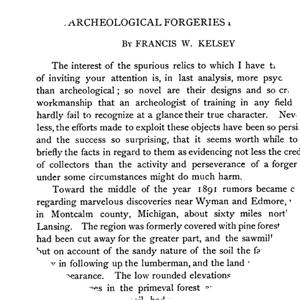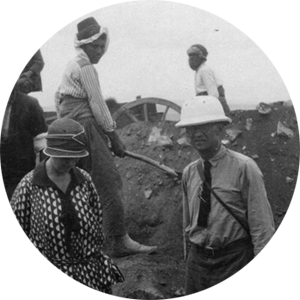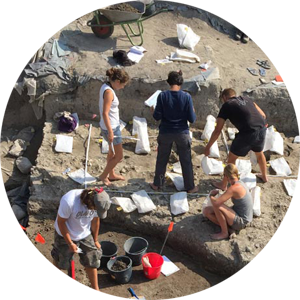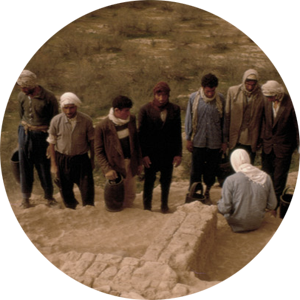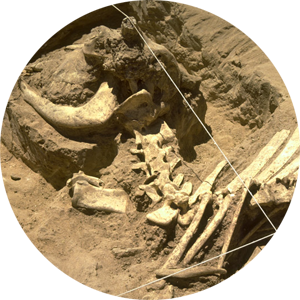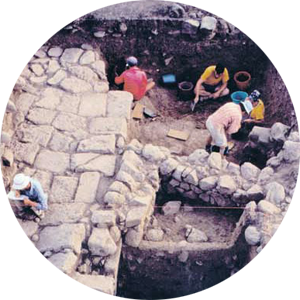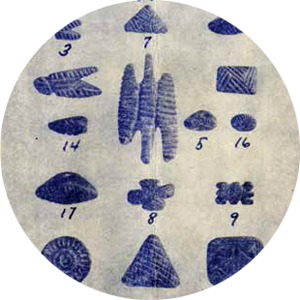Archaeology @ U-M Today: Anthropological Archaeology
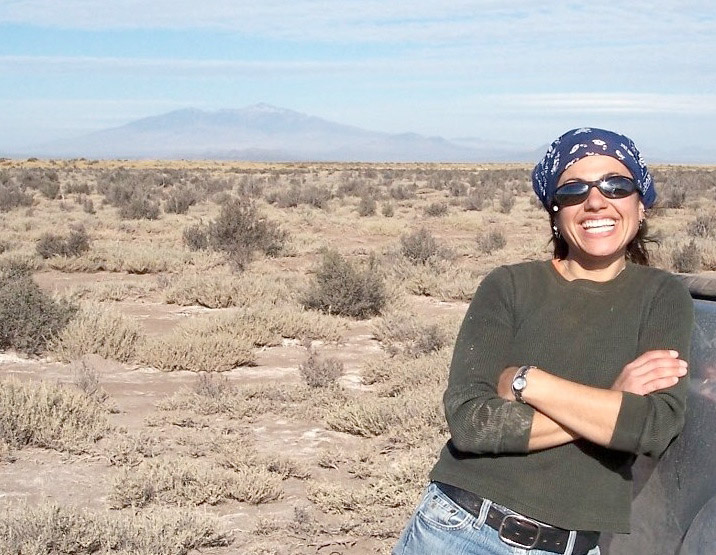
Throughout most of human history, people lived in small, mobile groups and subsisted on wild plants and animals. UMMAA curator Raven Garvey explores the influence of environmental, demographic, and social factors on prehistoric hunter-gatherers’ behaviors and technologies over time. Garvey and her colleagues examine these questions through fieldwork in and near the Andes Mountains of Patagonia (southern Argentina and Chile). Their large-scale archaeological surveys and strategic excavations document changes in people’s use of landscapes, resources, and technologies as climatic conditions fluctuated between 11,000 and 500 years ago. Because many sites in the region lack the organic materials required for radiocarbon dating, Garvey is developing “obsidian hydration” rates—a means of directly dating tools made from volcanic glass. To understand how social factors influence cultural evolution she uses ethnographic data from multiple regions and museum collections to develop and test models of cultural transmission.

Biologically modern humans evolved in sub-Saharan Africa more than 200,000 years ago. UMMAA curator Brian Stewart examines how our Late Pleistocene ancestors developed the strategies and technological and cultural capacities and innovations that enabled them to adapt to diverse environments and, ultimately, to colonize the entire planet. Stewart and his colleagues are addressing these questions in two interrelated field projects centered on marginal environments in southern Africa.
Their collaborative research is creating an important record of human activities and long-term environmental changes in the harsh highlands of Lesotho and South Africa’s Namaqualand coastal desert. Research at Melikane rock shelter in Lesotho documents its history of repeated occupation from 85,000 to 3,000 years ago, during periods when the cold highlands may have served as refuges from even harsher conditions in the lowlands. Their work at Spitzkloof rock shelters in Namaqualand traces the history of settlement from more than 52,000 to 17,000 years ago and shows how humans adapted to water-stressed landscapes by expanding their diets, social networks, and technologies.






